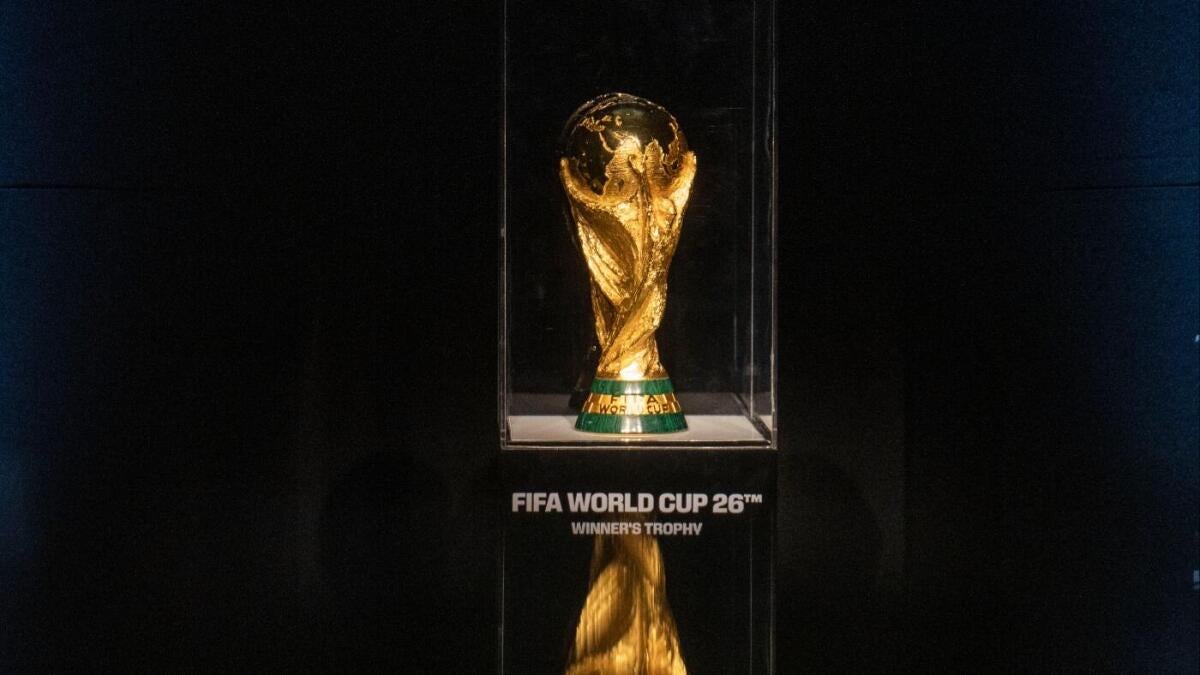The 2026 FIFA World Cup: A Transformative Chapter in Football History
The 2026 FIFA World Cup stands poised to reshape international football like never before. With an expanded roster of teams, a trailblazing tri-nation hosting arrangement, and a dynamic schedule packed with unprecedented matches, this tournament is set to captivate the global football community from multiple angles. The fusion of diverse cultures, locales, and fan experiences will elevate the event into an extraordinary celebration of sport and unity.
A Bold Tri-Nation Hosting Vision
For the first time, the World Cup journeys beyond a single nation or even dual-hosting to embrace three countries simultaneously: the United States, Canada, and Mexico. This bold collaborative effort pushes the tournament into a truly continental showcase spanning sixteen cities across North America. Eleven host cities in the US—from Miami’s vibrant coastal energy to the cultural melting pot of New York/New Jersey—join forces with Canada’s Toronto and Vancouver, and Mexico’s Guadalajara, Monterrey, and the iconic Mexico City.
This geographic expansiveness offers a tapestry of experiences rooted in local traditions and varied stadium atmospheres, transporting fans through different football cultures. The tournament’s opening match will unfold at Mexico City’s historic Estadio Azteca, a legendary venue underscoring Mexico’s deep-rooted football heritage. Meanwhile, the final—a spectacle scheduled for July 19—will unfold in the New York-New Jersey metropolitan area, spotlighting one of the globe’s most populous and media-centric hubs.
This transnational hosting model not only broadens access for fans but also enhances the tournament’s cultural complexity, weaving a rich, multi-layered narrative across borders that speaks to football’s universal appeal.
Expanding Horizons: More Teams, More Drama
One of the defining features of the 2026 World Cup is its scale. Rising from 32 to 48 participating teams, the tournament embraces an expanded, more inclusive format. This increase means more nations get a chance to compete on football’s most prestigious stage, ushering in a wider range of playing styles, football philosophies, and emerging talents. The jump to 104 matches promises a marathon of excitement, from the high-stakes group phase to the knockout rounds culminating in a mid-July crescendo.
This expansion infuses the competition with fresh energy and unpredictable dynamics. Newcomers may challenge traditional powerhouses, fostering a dramatic recalibration in global football hierarchies. With more games, fans worldwide gain unparalleled opportunities to engage with diverse teams and narratives, deepening the tournament’s emotional and sporting stakes.
Key Dates Marking the Journey to Kickoff
The countdown to the tournament’s opening on June 11, 2026, is punctuated by important milestones that build momentum and anticipation:
– March 2026: Final qualification through World Cup and UEFA playoffs determines the last contenders.
– April 22, 2026: The 50-day countdown begins, intensifying visibility and fan engagement.
– May 11, 2026: A one-month warning accompanied by local countdown events and displays.
– June 11, 2026: The opening match lights up Estadio Azteca in Mexico City.
– July 19, 2026: The climactic final takes place in the New York-New Jersey area.
Between these dates, ticketing, group draws in December 2025, and multiple organizing efforts coalesce to set a stage ready for global attention.
Cultural Fusion and Immersive Fan Experiences
Hosting the World Cup across three nations deepens the tournament’s cultural resonance. Fans can expect vibrant football atmospheres ranging from Mexico’s passionate, historic stadium environments to the contemporary, sprawling venues across American and Canadian cities. This diversity enriches fan experiences with eclectic local flavor, music, cuisine, and community celebrations unique to each host city.
Moreover, the tournament’s integration with local landmarks and festivities offers visitors a chance to explore beyond the pitch, turning matchdays into cultural excursions. Host cities are installing countdown clocks and launching events to build local excitement, crafting a festive environment that amplifies worldwide enthusiasm and hospitality.
Navigating Challenges, Unlocking Opportunities
Bringing together three countries and 16 cities to orchestrate 104 matches represents a monumental logistical feat. Coordination across transportation networks, security protocols, broadcast schedules, and fan services requires precise planning and collaboration between FIFA and host nations. Yet these challenges also highlight the event’s potential to showcase North America’s capacity for world-class sporting events and seamless multinational cooperation.
For the US, Canada, and Mexico, the World Cup is far more than a tournament—it’s a catalyst for soccer’s growth domestically. By spotlighting the sport’s appeal, it fuels grassroots participation, fan base expansion, and the overall maturation of football culture in these countries. The tournament becomes a long-term investment in shaping football’s future in the region.
An Unforgettable Global Celebration
The 2026 FIFA World Cup is positioned as a landmark event redefining scale, collaboration, and fan engagement in international football. Its expanded format, trailblazing tri-nation hosting, and historic venues promise an abundance of new narratives, thrilling moments, and communal celebration.
As the opening match approaches, a contagious anticipation unites fans from the legendary Estadio Azteca to North American metropolises. Beyond crowning a world champion, the tournament becomes a testament to football’s unifying power—a spectacular, global homage to the beautiful game that will resonate for generations to come.

